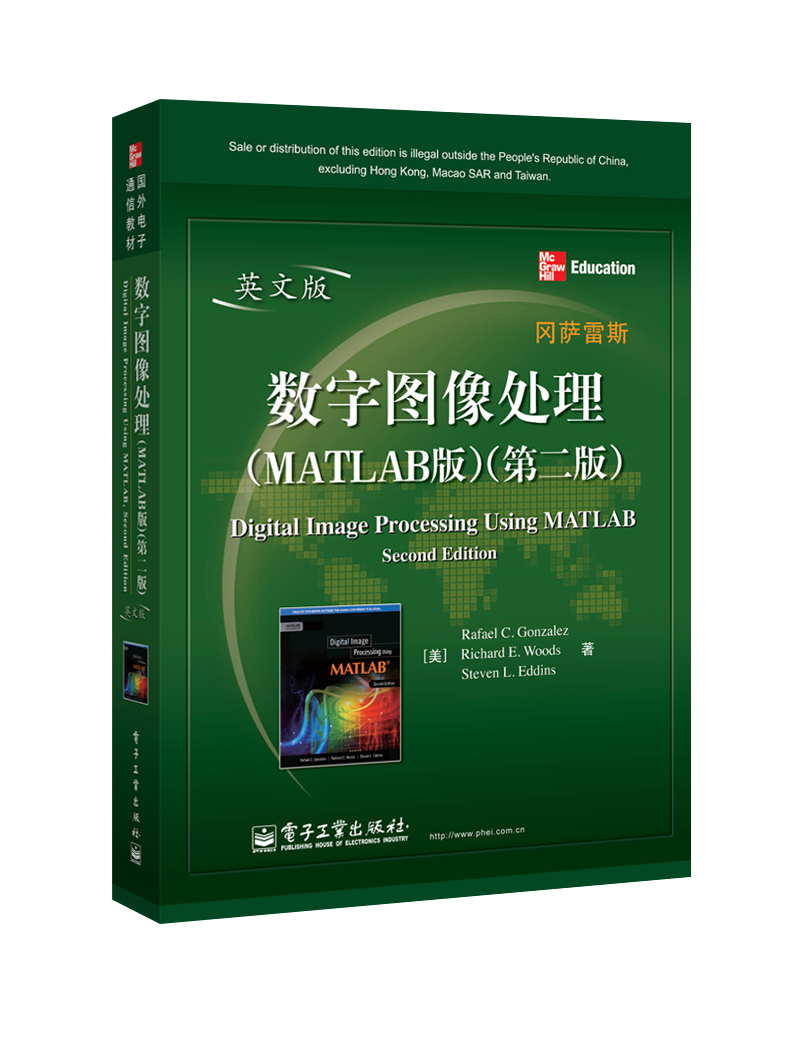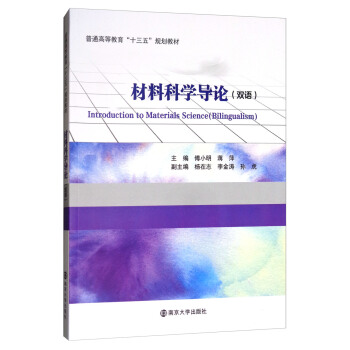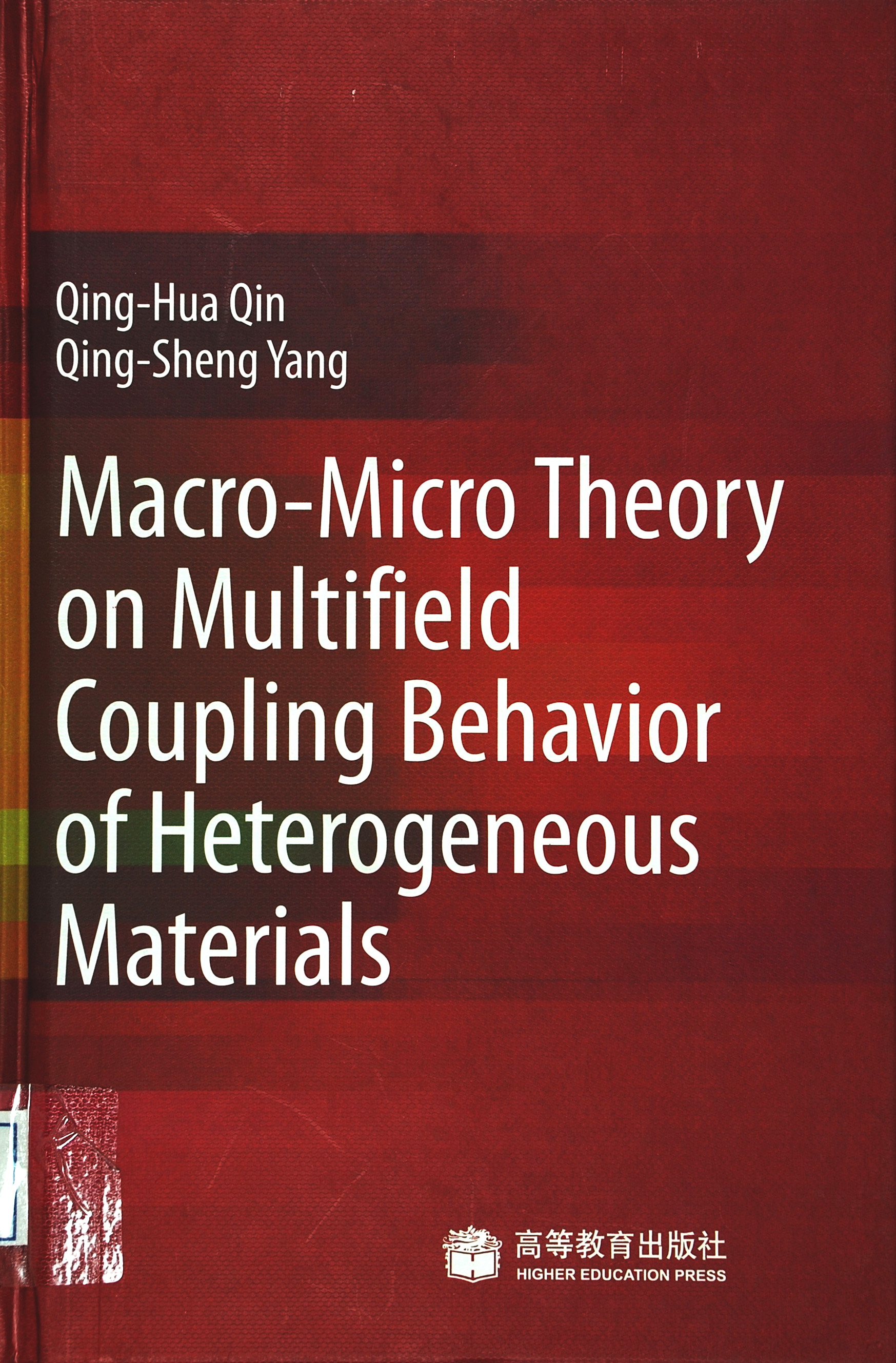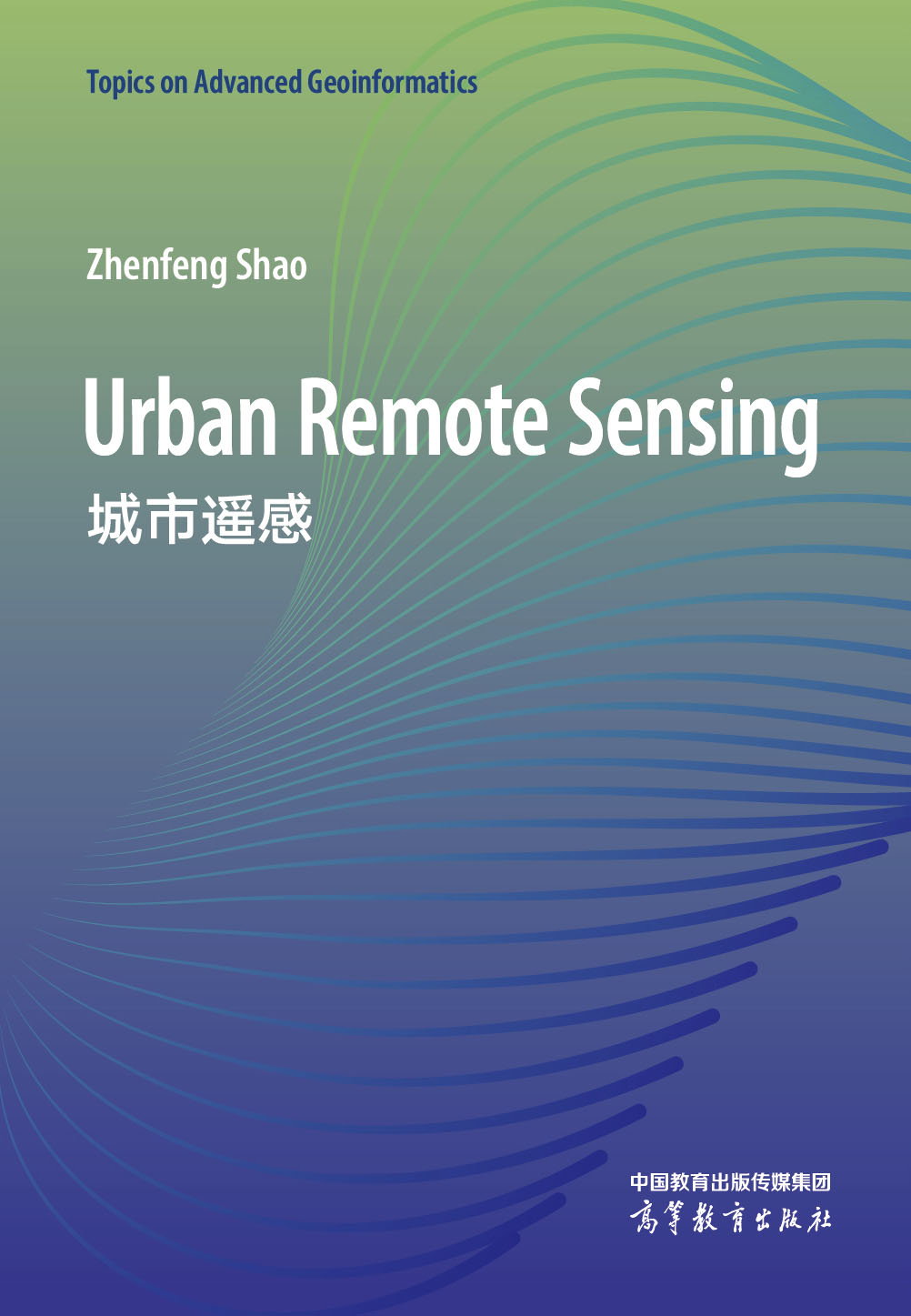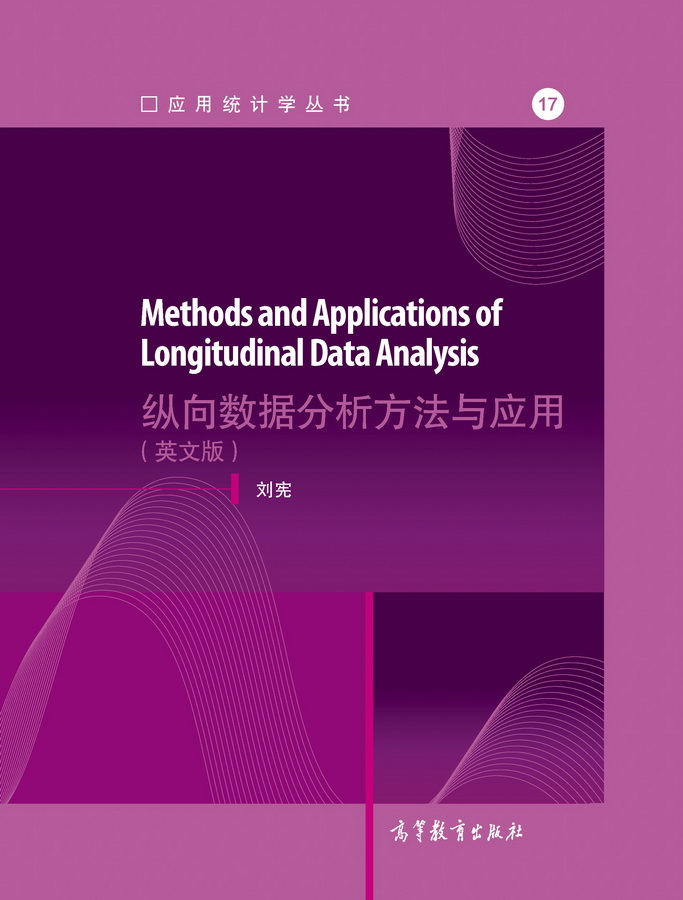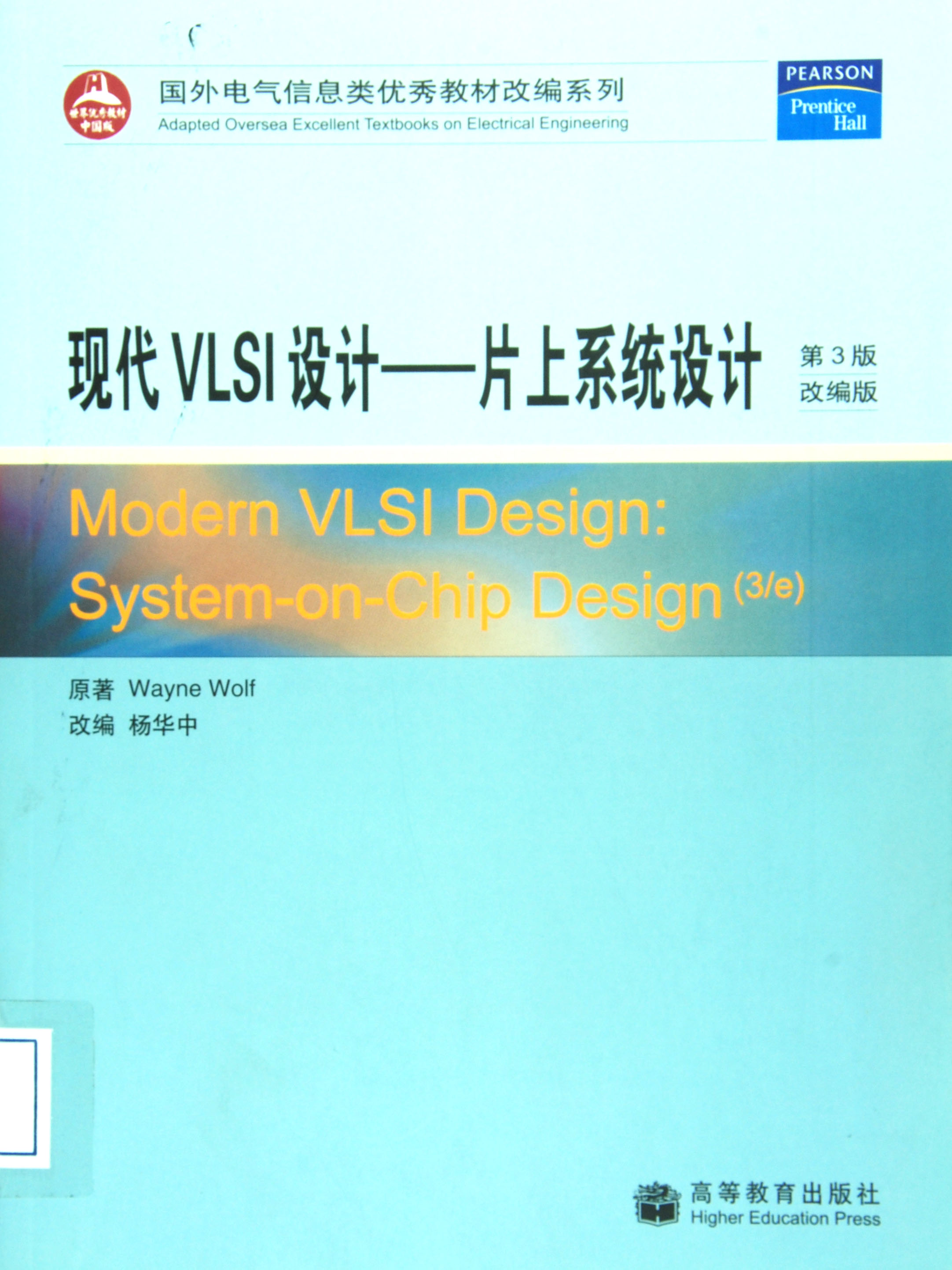Synthetic Aperture Radar for Surface Motion Estimation
作者: Timo Balz
出版时间:2025-01-16
出版社:高等教育出版社
- 高等教育出版社
- 9787040636208
- 1
- 536097
- 精装
- 特殊
- 2025-01-16
- 220
- 212
本书主要讲解了利用星载雷达图像测量地表高程和形变的方法及其相应原理,包括利用雷达干涉测量(InSAR)生成DEM和测量地表形变、时序InSAR方法(PSInSAR、STUN、PSP、StaMPS、SBAS、QPS、SqueeSAR)、像元偏移量追踪以及SAR绝对定位技术,并给出了示例。着重对InSAR、时序InSAR方法的每个步骤都进行了清晰的介绍。此外,书中以船舶检测为例,生动介绍了雷达的成像原理及其目标的散射特性,为理解基于雷达的测量方法提供了知识基础。
本书可供遥感、测绘、地理信息及相关交叉领域的高校师生和科研人员参考。
前辅文
Part I SAR Basics
Chapter 1 History of Radar Remote Sensing
Chapter 2 Introduction to Synthetic Aperture Radar
2.1 Technical Considerations for A Ship Detection Remote Sensing System
2.1.1 Electromagnetic Spectrum
2.1.2 Microwave Scattering Behavior
2.2 The Relation Between Ship Size and Radar Backscattering
2.2.1 Radar Equation
2.2.2 Controlling the Radar Backscattering of Ships
2.2.3 Example for the Required Specifications to Detect Ships with A Radar Remote Sensing System
2.3 Distinguishing Different Ships with A Radar Remote Sensing System
2.3.1 Radar Resolution
2.3.2 Side-looking Airborne Radar Systems
2.3.3 Synthetic Aperture Radar Systems
2.4 Establishing A Target’s Position with SAR
2.4.1 SAR Geometry in Range Direction
2.4.2 Geometrical Model of SAR Positioning
2.4.3 Geometrical Distortions in SAR Imaging
2.5 Speckle Effect
2.5.1 Speckle Statistics and Multi-Looking
2.5.2 Speckle Filtering
2.6 SAR Satellite System for Ship Detection
2.6.1 Signal-to-Noise Ratio
2.6.2 Pulse Repetition Frequency
2.6.3 Satellite Orbits and Repeat Time
2.6.4 SAR Acquisition Modes
2.7 SAR Polarimetry
2.8 Conclusions on the Developed SAR System for Ship Detection
Part II DEM Generation
Chapter 3 SAR Interferometry
3.1 Introduction into SAR Interferometry
3.1.1 Amplitude and Phase Components of SAR Images
3.1.2 Phase Differences As Basis for Height Determination
3.2 SAR Interferometry Processing Steps
3.2.1 SAR Data Selection—Considerations for SAR Interferometry
3.2.2 SAR Co-registration
3.2.3 Coarse-to-Fine Co-registration
3.2.4 Orbit and DEM-based Co-registration
3.2.5 Interferogram Generation
3.2.6 Flat-Earth Phase Removal
3.2.7 Height of Ambiguity
3.2.8 Topographic Phase Removal
3.2.9 Coherence Estimation
3.2.10 Phase Unwrapping
3.2.11 DSM Generation
3.3 SAR Interferometry with Spotlight and TOPS Images
3.4 Error Sources
3.4.1 Loss of Coherence
3.4.2 Temporal Decorrelation
3.4.3 Atmospheric Delay
3.4.4 Orbit Errors
3.5 Conclusions
Chapter 4 StereoSAR
4.1 Introduction to Stereo-Radargrammetry
4.2 Finding Homologous Points
4.3 Deriving Relative Height Information
4.4 DSM Generation
4.5 Deriving Absolute Height Information
4.6 Example Application of StereoSAR at Mount Song
4.7 Conclusions
Part III Surface Motion
Chapter 5 Differential SAR Interferometry
5.1 Two-pass D-InSAR
5.2 Three-pass D-InSAR
5.3 Interpretation of Wrapped Differential Interferograms
5.4 Measurement with Unwrapped Differential Interferograms
5.5 Example: Coseismic Interferometry for the Bam Earthquake
5.5.1 Two-pass D-InSAR Example
5.5.2 Three-pass D-InSAR Example
5.6 Conclusions
Chapter 6 Permanent Scatterer Interferometry
6.1 Identifying the Permanent Scatterers
6.2 Pre-processing Steps
6.3 Generation of A PS Network
6.4 Estimation of the Atmospheric Phase Screen
6.4.1 Estimating Topographic Height Error and Velocity
6.4.2 Unwrapping Along the Edges
6.4.3 APS Estimation
6.5 Velocity and Residual Height Estimation for All PS
6.6 Including Alternative Motion Models
6.7 Temporal Coherence
6.8 Example
Chapter 7 Alternative Approaches to PSI
7.1 Spatio-Temporal Unwrapping Network
7.1.1 Point Selection in STUN
7.1.2 Sparse Network Creation
7.1.3 Solving the Equations with LAMBDA
7.1.4 Densifying the Network
7.1.5 Example
7.2 Persistent Scatterer Pair Interferometry
7.3 Stanford Method of Persistent Scatterers
7.3.1 Persistent Scatterer Selection in StaMPS
7.3.2 3D Phase Unwrapping
7.3.3 Spatially Correlated Terms
Chapter 8 Distributed Scatterer Interferometry
8.1 Small Baseline Subset Technique
8.2 Quasi-Persistent Scatter Technique
8.3 SqueeSAR
Chapter 9 Pixel Tracking and Point Target Offset Tracking
9.1 Pixel Tracking
9.2 Point-Target Offset Tracking
Chapter 10 Motion from SAR Geodesy
10.1 Positioning in SAR Images
10.2 Factors Influencing the Positioning
10.2.1 Static Influencing Factors
10.2.2 Dynamic Influencing Factors
10.2.3 Sub-Pixel Positioning Precision
10.3 Absolute 3D Positioning Using Stereo Configuration
10.4 Absolute Methods versus Relative Methods
10.5 Motion from SAR Geodesy
10.6 SAR Geodesy in Practice
10.6.1 Finding Suitable Points
10.6.2 Correction for Geodynamical Effects
10.6.3 Correction for Dynamic Atmospheric Effects
Bibliography
Index


